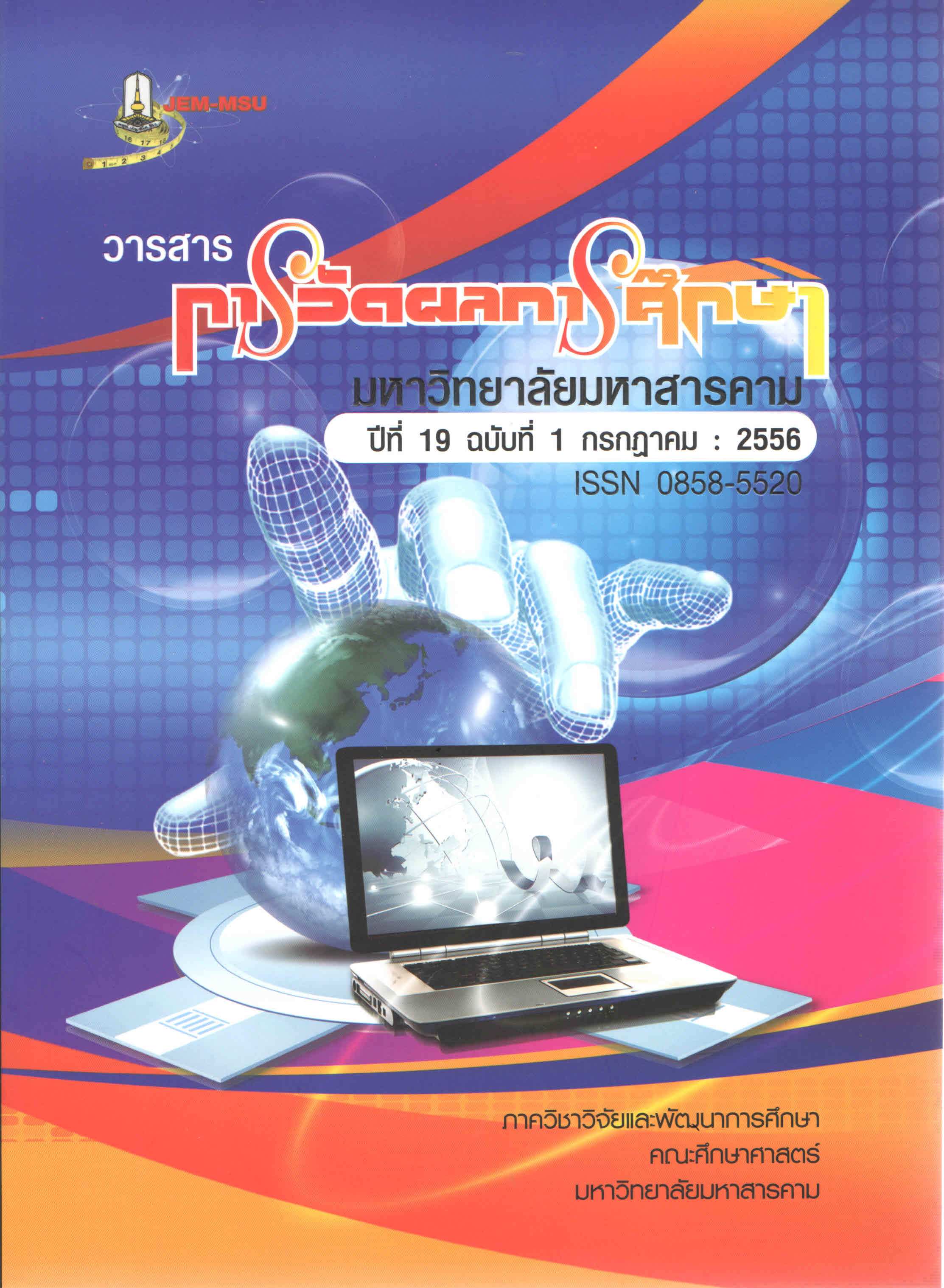A Proposed Leadership Model of Cambodian High School Directors
Main Article Content
Abstract
Leadership is very important for both school directors and teachers in order to move
forward and meet the goals of reform, but none of the research in Cambodia has explored the
difference within public high schools between school directors’ perceptions of their leadership
behaviors and teachers’ preferences for school directors’ leadership behaviors. The samples were
191 school directors and 386 teachers selected by using the Table of Krejcie & Morgan, stratified
random sampling, and simple random sampling by drawing lots. Two forms of the Leadership
Practices Inventory (LPI), Self and Observer were adapted as the research instruments. The
Cambodian Leadership Practices Inventory (CLPI) was modified to collect data for confirming the
model. The descriptive and inferential data were analyzed. The findings of this study provide
evidence that the school directors used four leadership behaviors; whereas the teachers perceived
the directors’ leadership behaviors in three dimensions. The goodness-of-fit indices of the
structural equation model of school directors’ leadership behaviors showed its consistency with
the empirical data, considered from Chi-square (2) was 215.7, df = 386, P = 1.000, RMSEA = .000,
RMR = .013, NFI = .983, CFI = 1.000, GFI = .934, and AGFI = .920. The goodness-of-fit indices of
structural equation model of the teachers’ perceptions of school directors’ leadership behaviors
revealed its consistency with the empirical data, considered from Chi-square (2) was 358.1, df =
371, P = .675, RMSEA = .000, RMR = .006, NFI = .990, CFI = 1.000, GFI =.944, and AGFI=.930.
Article Details
The content and information contained in the published article in the Journal of Educational Measurement Mahasarakham University represent the opinions and responsibilities of the authors directly. The editorial board of the journal is not necessarily in agreement with or responsible for any of the content.
The articles, data, content, images, etc. that have been published in the Journal of Educational Measurement Mahasarakham University are copyrighted by the journal. If any individual or organization wishes to reproduce or perform any actions involving the entirety or any part of the content, they must obtain written permission from the Journal of Educational Measurement Mahasarakham University.

